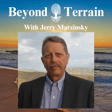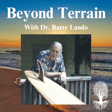
Lisa Rose on Natural Movement, Posture, Fascia, and Restoring the Body’s Design
In this episode, we’re joined by movement specialist Lisa Rose for a deep and holistic conversation on how to reconnect with the body’s natural design. We begin with the fundamentals of movement, exploring how modern patterns have diverged from our innate blueprint.
Lisa emphasizes the importance of the foot and ankle as the foundation of healthy biomechanics, and we explore topics like foot placement, loading and releasing, and natural gait—all essential elements of restoring functional, pain-free movement.
We discuss the illusion of comfort and how it can create long-term dysfunction, as well as the consequences of problematic training practices. Lisa dives into the power of nasal breathing, the interconnectedness of trauma and fascia, and the often-overlooked role of internal asymmetry in how we move and feel.
This episode also features a personal reflection from Liev’s own running journey and closes with a powerful message about restoring natural design—not just as a physical pursuit, but a return to wholeness.
It’s a must-listen for anyone interested in movement, healing, and reclaiming their body’s innate intelligence.
Keep up with me (socials)
https://www.instagram.com/beyond.terrain/
Our vision at Beyond Terrain is best supported by sharing our work!
Joining our private terrain community is also a wonderful way to support what we do here at Beyond Terrain.
https://beyondterrain.com/beyond-terrain-community/
Learn more from and support our esteemed guest,
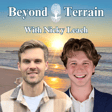

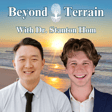
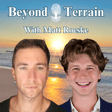
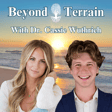
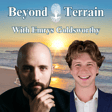
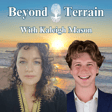
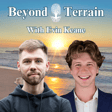


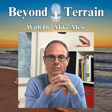
![DNA Doesn't Exist & Genomic Nonsense with Dr. Jerneja Tomsic [Part 2] image](https://media.zencastr.com/cdn-cgi/image/width=112,quality=85/image-files/652933f3a749dc383eb375de/ce5a5fd9-98c9-44fe-9b4b-3d0cd5abcf29.png)
